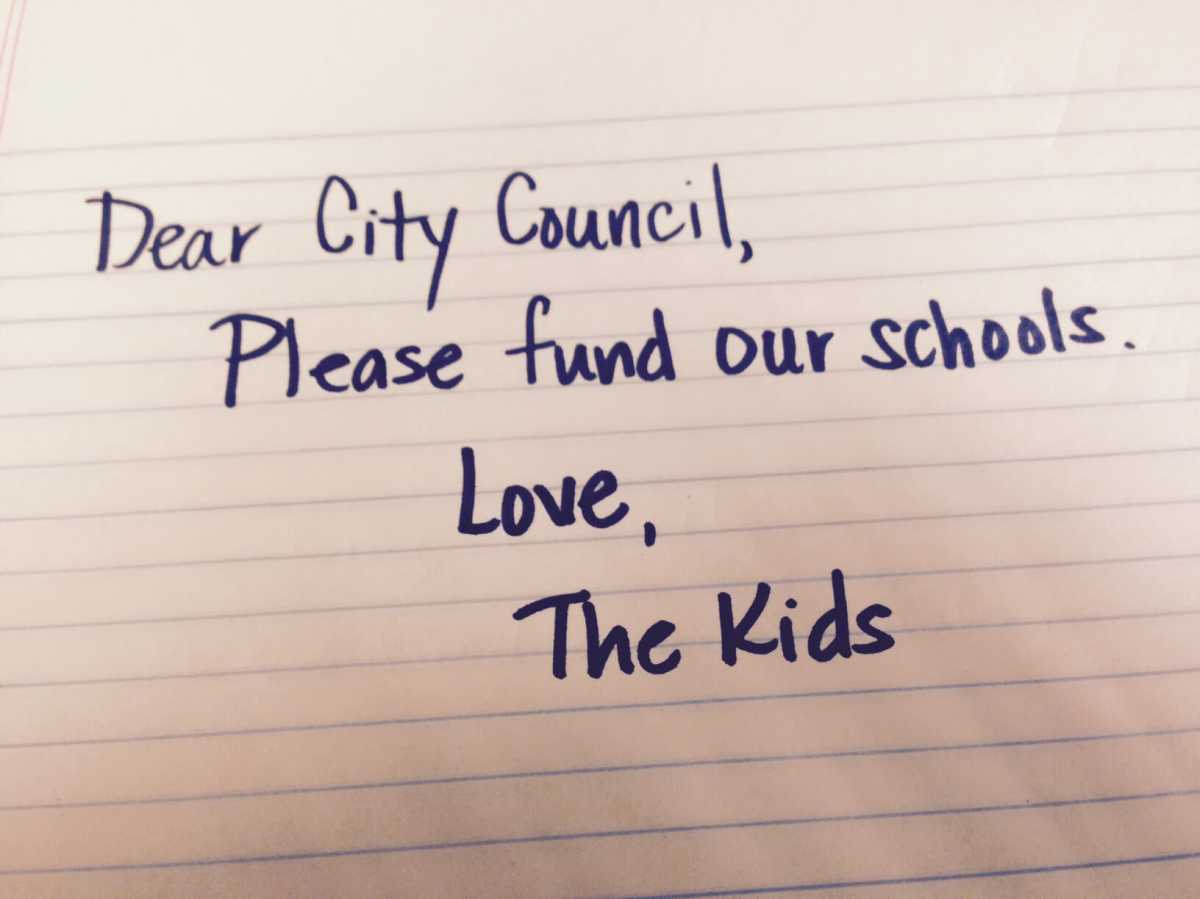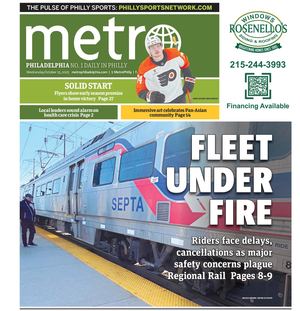As the school district burns, city council focuses on scribbles.
Philadelphia public school children regularly attend with schools that lack full-time nurses and guidance counselors, in buildings where the heat works only intermittently and have only bare bones arts classes. But the city council on Thursday passed a non-binding resolution urging the School District of Philadelphia to mandate teaching of cursive handwriting.
“Don’t they have something better to do with their time?” said Steve Graham, a professor at Arizona State University and expert on children’s writing.
The council’s focus on cursive comes as the district is seeking $309 million from the city and state to fully fund the schools. The district wasnts $105 million from the city. Councilmembers on Thursday introduced a package of bills that could give the district $80 million A host of educators and students lined up before city council to urge the increase in funding, and chide council for focusing on the trees, not the forest.
“These skills are important, but there are so many other things that are important for kids, said Lisa Ciaranca-Kaplan, the principal of Jackson Elementary in South Philly.
Dobbins High School Principal Toni Damon told city council that cursive writing is important because kids are going to need to learn to sign their names. But they were missing the big picture.
“Last year, I had to relocate so many classes to the auditorium because the heat was not working,” Damon said.
Among educators, there’s wide debate on whether teaching cursive is important.
Traditionally, students began learning cursive in the second- and third- grades, but it has been pushed aside as schools increasingly focus on standardized tests.
Graham, an expert on children’s writing, notes that in some studies, that when a paper with illegible handwriting is rewritten to contain good handwriting, the student who wrote it is generally considered to be smarter. Likewise, when a good student’s paper is made illegible, the perception of the quality of that paper diminishes. But Graham said it doesn’t matter if a student learns cursive, print, or both, as long as she can do one of them well.
Proponents of learning cursive say that it helps develop fine motor skills, read written documents from a time when cursive was commonly used. Some research suggests that cursive may be especially beneficial for students with certain kinds of learning disabilities.
Philly council urges cursive, may snub district on cash

photo illustration





























